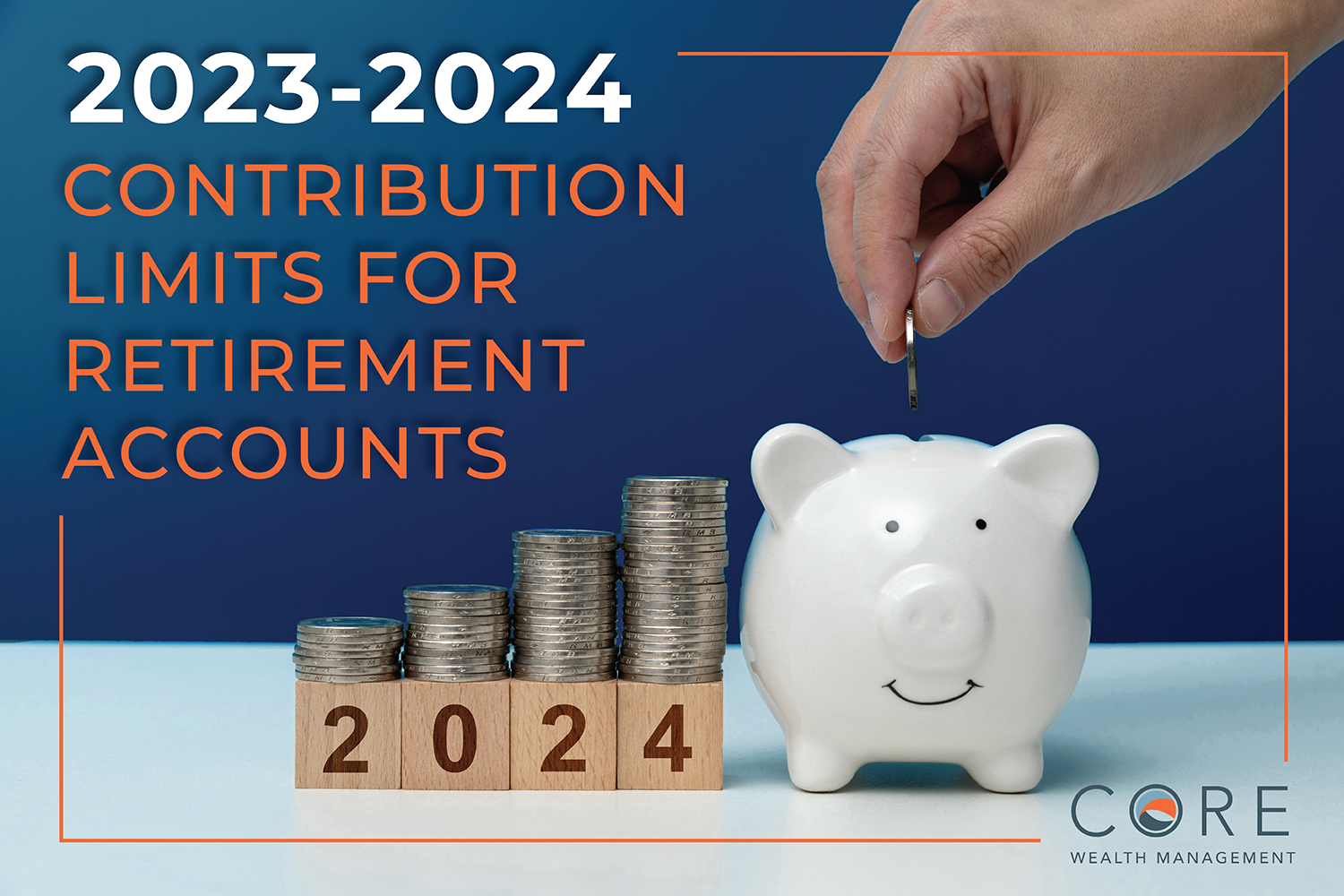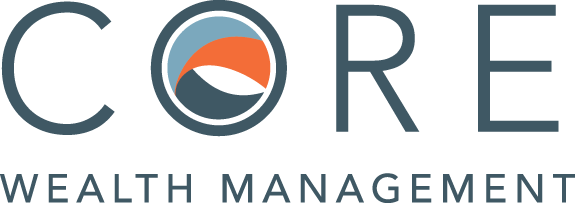
The Internal Revenue Service (IRS) has announced the new contribution limits for retirement plans for 2024.
Workers will now be able to elect for up to $23,000 of salary deferrals to 401(k) plans, 403(b) plans, most 457 plans, and Thrift Savings Plans. If you are age 50 or above, you can elect for an additional $7,500 in catch-up salary deferrals, totaling $30,500 for the year.
If you have an Individual Retirement Account (IRA) outside of your employer, the IRS has you covered as well. The annual contribution limits have increased for both Traditional IRAs and Roth IRAs. Starting in 2024, you will be able to contribute up to $7,000 to IRA/ROTH IRAs. If you are age 50 or older, you can contribute an additional $1,000 in catch-up contributions, totaling $8,000 for the year.
If you have a SIMPLE IRA through your employer, the IRS has increased your contribution limits too. In 2024, you will be able to contribute up to $16,000 to your SIMPLE IRA. If you are age 50 or above, your catch-up contribution limit allows for an additional $3,500, totaling $19,500 for the year.
Employers who are currently contributing to an employee’s SEP-IRA will also receive a contribution increase in 2024. Employers will be able to contribute the lesser of 25% of the employee’s compensation or $69,000 per year. This is an increase of $3,000 from 2023.
For Solo/Individual 401(k) plans, the employer contribution limit will be increased to the lesser of 25% of self-employment compensation or $46,000. Therefore, the maximum solo 401K contribution, which is calculated by combining the maximum employer contribution and the maximum employee contribution (see above), will be $76,500 for a solo 401k participant who is over age 50.
Finally, annual contribution limits to Health Savings Accounts (HSAs) have been increased. Individuals and families enrolled in a qualifying health plan will be able to contribute up to $4,150 and $8,300 respectively in 2024.
The chart below summarizes the 2023-2024 Contributions Limits for Retirement Accounts:
| 2023 | 2024 | |
| Maximum Annual IRA contribution Traditional or Roth (under age 50) | $6,500 | $7,000 |
| Maximum Annual IRA contribution Traditional or Roth (age 50 or over) | $7,500 | $8,000 |
| Maximum Annual 401(k), 403(b), or 457 salary deferral limit (under age 50) | $22,500 | $23,000 |
| Maximum Annual 401(k), 403(b), or 457 salary deferral limit (age 50 or over) | $30,000 | $30,500 |
| Maximum SIMPLE IRA salary deferral limit (under age 50) | $15,500 | $16,000 |
| Maximum SIMPLE IRA salary deferral limit (age 50 or over) | $19,000 | $19,500 |
| Maximum employer contribution to an employee’s SEP-IRA* | $66,000 | $69,000 |
| *Limited to the lesser of 25% of the employee’s compensation and the listed maximums. | ||
| Maximum Total Annual Solo/Individual 401k Contributions (under age 50)1 | $66,000 | $69,000 |
| Maximum Total Annual Solo/Individual 401k Contributions (age 50 and over)2 | $73,500 | $76,500 |
| Maximum Contribution to Health Savings Account (HSA) | ||
| Individual | $3,850 | $4,150 |
| Family | $7,750 | $8,350 |
| HSA catch-up contribution (age 55 or older) | $1,000 | $1,000 |
1 Includes employee contributions of $22,500 in 2023 and $23,000 in 2023 and employer contributions of up to $43,500 in 2023 and $46,000 in 2024. Employer contributions are limited to 25% of net self-employment income.
2 Includes employee contributions of $30,000 in 2023 and $30,500 in 2024 and employer contributions of up to $43,500 in 2023 and $46,000 in 2024. Employer contributions are limited to 25% of net self-employment income.
